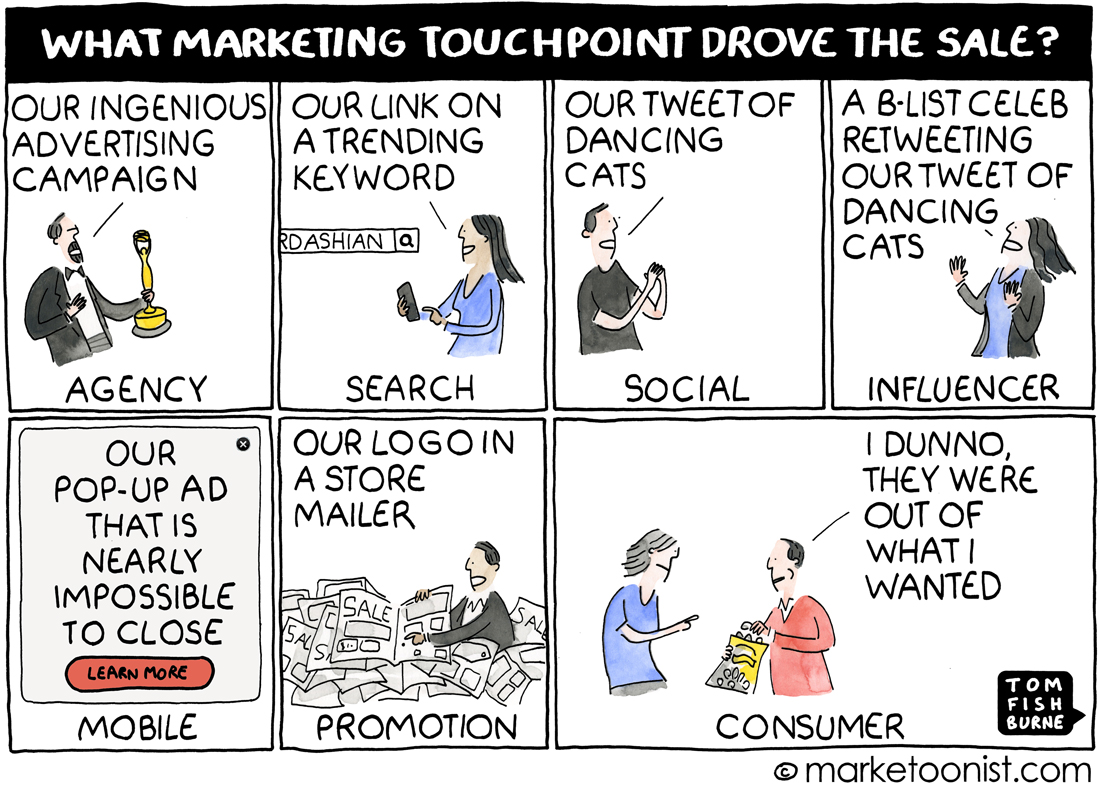Intent Marketing
Last week, I mentioned getting beyond the vanity numbers, and how likes and shares are not more important than WHO is doing the liking and the sharing (especially with the advent of sophisticated fake follower farms). I recently came across an article about intent marketing on LinkedIn which piqued my interest.
“Intent marketing is about marketing a product or a service based on consumers’ intent to adopt, purchase or consume that particular service which may have been either explicitly or implicitly conveyed by the subscriber. Wikipedia
Instead of spamming social media channels and online properties, it is worth the time (especially if your a small-medium size organization) to do some social listening (Taco Bell does a great job at that). The LinkedIn article shares how big data and analytics can support intent marketing efforts.
Intent marketing is a pioneer application of big data in sales and marketing. Data from different sources – mostly search engines and interactive assistants – is structured to give an insight into the intent of a consumer. Intent is primarily an indication that a consumer is in need of a product or a service. It can be inferred either directly by the user searching for product vendors or indirectly by applications that happen to mark events like an impending end of service subscription. The whole concept of intent marketing looks very exciting because your brand can finally interact with a target consumer who is interested in your product instead of some random user on the Internet. Naveen Joshi
Although it sounds so simple, the process can be messy. Finding out where to start or what to measure can be overwhelming, even for the professionals. I saw Geoffery Colon, share the following on his LinkedIn profile a little while back.
“What do you attribute that spike in sales to?” “We need to understand our customers.”
“Well, they clicked on a search ad before they made a purchase but…” “Then we attribute that channel with 100% of the credit.”
“But what made them search for that term in the first place?” “I think it was the targeted social campaign and the podcast ad buy in the 10 DMAs because we saw a spike there in addition to the local cable TV ad buy, I think…”
“Doesn’t matter, only one channel can take credit for the sale. We always go with last click or last touch point attribution.” “Doesn’t matter what influence happened before that final action.”
“They ultimately clicked the buy button from that channel so that shows that channel worked.” “Oh, okay so nothing else attributes to the sale? That customer has an account rep. Maybe she helped with the sale?” “Huh?”

In My Case: Non-Profit School
I mentioned in last week’s post, that I’m working on a social media report, to be followed by a digital marketing report. These reports will arm the Director of Marketing and Communications with information to further develop an intent marketing strategy. Here are the first two steps I’m taking:
- Social Media Audience Audit – Since we have a detailed database of relationships, I want to cross-reference names and brands in our database against those who are following us online. I want to know who is following us on our social media channels (and seeing ‘women between 25 – 44’ isn’t specific enough for our purposes). Are they donors, parents, community members, etc? Are there more parents and students on Instagram than on Facebook? Do donors primarily engage with us on Facebook rather than LinkedIn? Knowing the answers to these and other questions will help us move away from treating all channels the same. I used Crowdbabble to pull CSV lists of Twitter and Instagram followers. Facebook does not allow you to export lists from their platform, and you can only see names depending on the user’s privacy settings. So even though we have over 1500+ fans on Facebook, I could only see 900 – 1000 of those names. However, since our social media audience is relatively small, I took a day to type those into a CSV as well.
- Social Listening – I want to know what people are saying about the school, philosophies of education that align with ours, charitable children causes and more. What do donors say about charitable giving through social media platforms (if they talk about it at all)? Do they talk about what they would like to see happen, or share their own stories about what they love about the school? Knowing the answers to questions like these will help guide our content so that it is meaningful to our audience with the hopes of expanding it.

